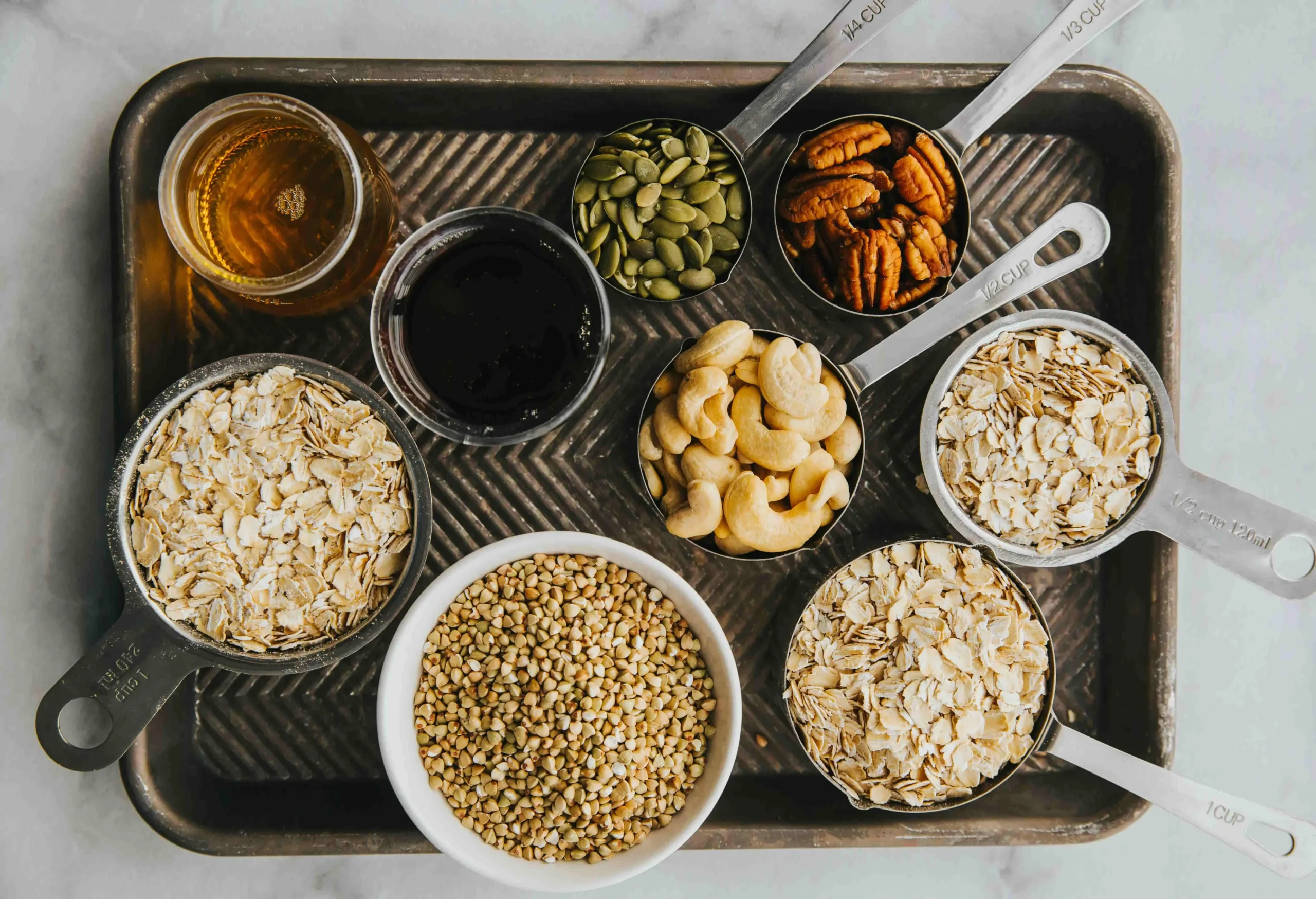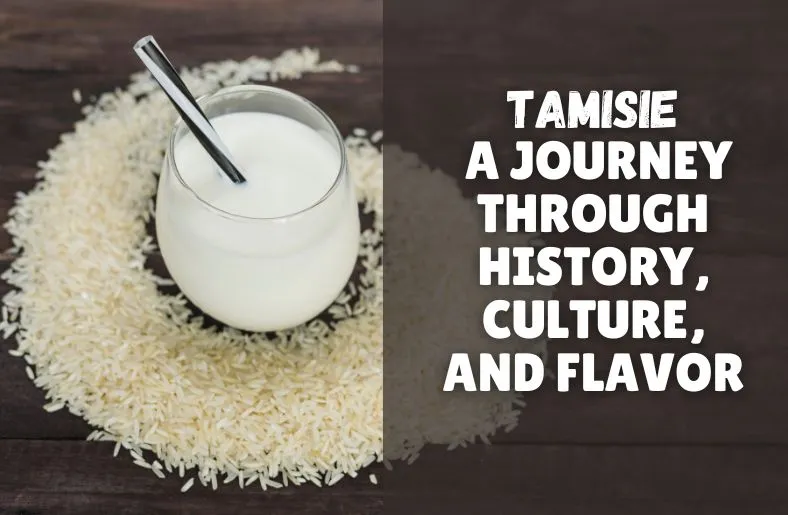What is Glútem?
Glútem, the protein found in wheat, barley, and rye, isn’t just a simple ingredient – it’s a complex molecule with intriguing secrets. At its core, Glútem is a composite of two key players: gliadin and glutenin. While gliadin often takes the blame for digestive troubles, both work together to give the dough its elasticity and baked goods their characteristic texture. However, Glútem isn’t a uniform entity. Different grains vary, with wheat Glútem being the most common and potent.
Glútem’s Hidden Roles in Food Processing:
Glútem’s significance extends far beyond its role in bread and pasta. It’s a versatile chameleon in food processing, often lurking in unexpected places. It acts as a binding agent, giving processed meats and veggie burgers their structure. It thickens sauces and salad dressings and adds a subtle flavour twist to certain products. This widespread presence, often disguised under aliases like “wheat starch” or “hydrolyzed vegetable protein,” is why even those unaware of Glútem might unknowingly consume it.
Unmasking the Different Faces of Glútem:
Now, let’s explore the different types of Glútem:
- Glutenin: The “muscle” of Glútem, it provides elasticity and strength, forming a network that traps gas during leavening, resulting in airy baked goods.
- Gliadin: This protein can trigger an immune response in the small intestine, leading to inflammation and damage in individuals with celiac disease or Glúten sensitivity.
- Secalin: Found in rye, it has properties similar to glutenin but can be slightly less problematic for those with Glúten sensitivity.
- Hordein: Present in barley, it shares similarities with gliadin but may have varying degrees of immunogenicity depending on the barley variety.
Understanding these variations is crucial, as some individuals with Glúten sensitivity might tolerate certain types better than others. However, consulting a healthcare professional for personalized advice and diagnosis is always recommended.
Understanding Digestive Health:
Before exploring Glútem’s impact, let’s take a quick tour of the digestive system, the complex machinery responsible for processing our food. This incredible journey begins in the mouth, where chewing breaks down food and initiates digestion. The swallowed morsel then embarks on a trip through the oesophagus, reaching the muscular stomach for further breakdown. Next, it enters the small intestine, where nutrients are absorbed into the bloodstream, aided by the pancreas and liver. Finally, undigested material travels to the large intestine, forming stool and exiting the body.
Unfortunately, this smooth dance can sometimes encounter hiccups. Common digestive issues like bloating, gas, constipation, and diarrhoea can disrupt the process, causing discomfort and impacting the quality of life. These issues can arise from various factors, including stress, underlying medical conditions, or certain foods. Remember, this is just a brief glimpse into the complex world of digestion.
The Connection Between Glútem and Digestion :
For some, Glúten, the protein found in wheat, barley, and rye, peacefully traverses the digestive system. But for others, it sparks a complex dance with discomfort. In celiac disease, an autoimmune response to gliadin, a component of Glúten, leads to inflammation and gut damage, causing chronic diarrhoea, bloating, fatigue, and nutrient deficiencies. While not an autoimmune response, Glúten sensitivity can still trigger bloating, gas, altered bowel movements, and even headaches or brain fog in some individuals. Though the exact mechanisms remain under investigation, research suggests potential links to gut bacteria and inflammation. Remember, symptoms vary, and consulting a healthcare professional is crucial for proper diagnosis and personalized advice if you suspect Glúten might be impacting your gut health.
Addressing Concerns and Making Informed Choices :
Who benefits from going Glúten-free?
- Celiac disease: Crucial to avoid gut damage.
- Diagnosed Glúten sensitivity: Can significantly reduce discomfort.
- Unexplained gut issues: A supervised Glúten-free trial might help identify the culprit.
Beware! Hidden Glúten lurks in:
- Wheat derivatives (starch, protein), malt, rye, and even oats (check certification).
Smooth sailing tips:
- Knowledge is power: Learn about Glúten and food labels.
- Seek guidance: A dietitian can create a personalized plan.
- Start gradually: Eliminate primary sources first, then slowly expand.
- Explore alternatives: Discover delicious Glúten-free options.
- Find support: Connect with communities for motivation.
Remember: Self-diagnosis can be harmful. Consult a healthcare professional for personalized advice and optimal gut health!
Living Well with or Without Glútem :
Whether Glúten is a friend or foe depends! For those with celiac disease, eliminating it is crucial. Diagnosed sensitivity? Ditching it eases discomfort. Unexplained gut woes? A trial might pinpoint the culprit. For others, enjoy Glúten-free as a choice, not a necessity. Consider a healthcare professional for personalized advice on living well, with or without Glúten!
Conclusion
Remember: Glúten impacts individuals differently. While crucial for celiac disease and helpful for diagnosed sensitivity, eliminating it without guidance might not be necessary.
Empower yourself:
- Seek professional advice: Consult a healthcare professional for personalized insights and gut health understanding.
- Research reliably: Use trusted sources to make informed decisions about Glúten’s role in your well-being.
- Prioritize gut health: Focus on balanced, nutritious food (fruits, veggies, whole grains) for optimal gut function.
Remember, you’re supported:
- Connect with communities and resources for guidance and inspiration.
- Explore delicious, nutritious Glúten-free options.
- Take charge of your well-being with knowledge, advice, and a positive outlook!
Also read about your personal physical trainer





